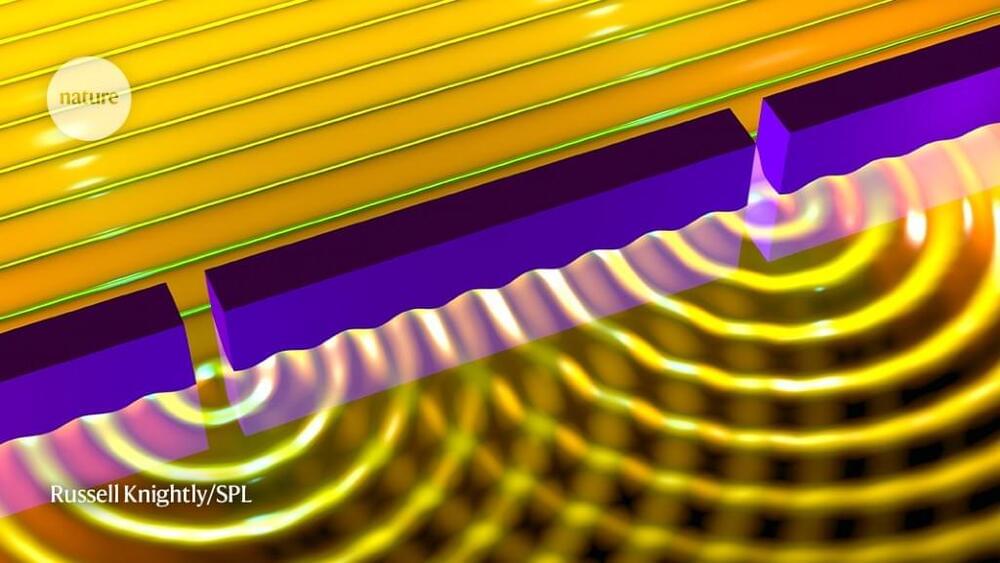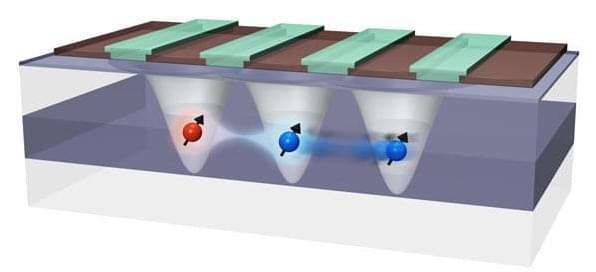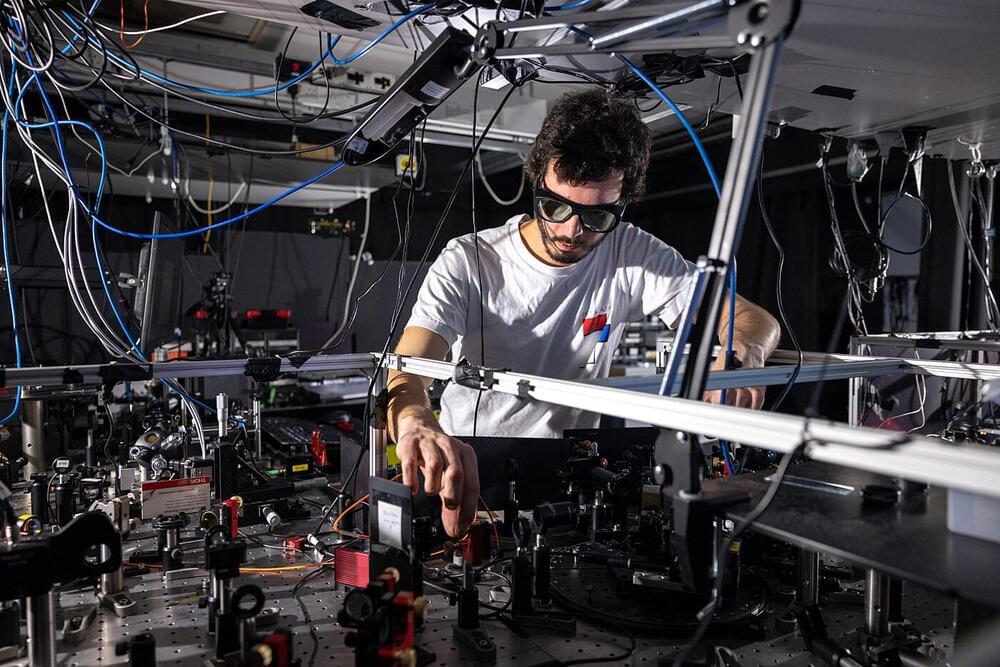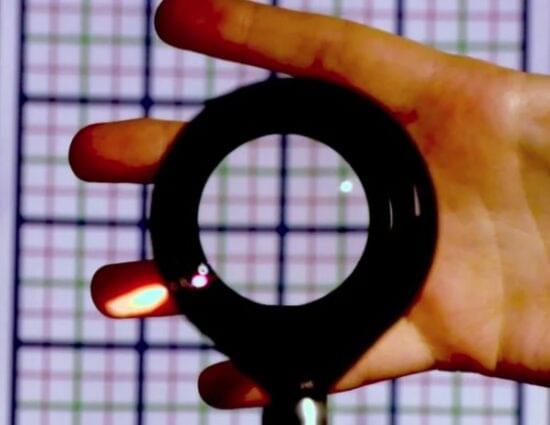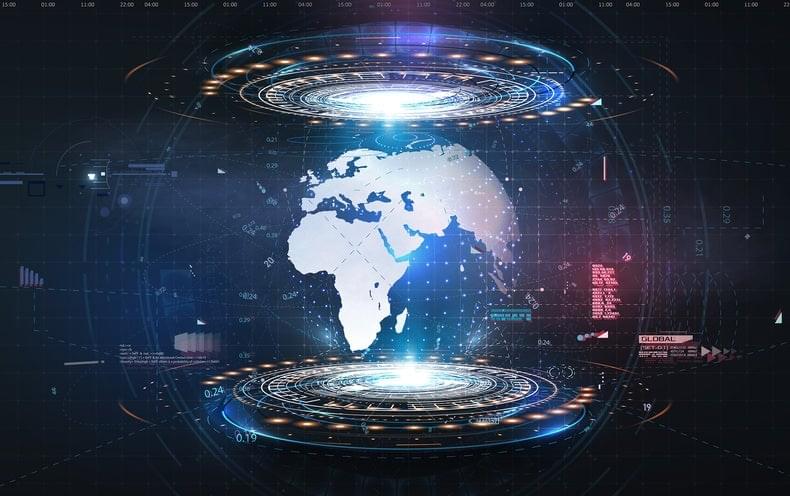A celebrated experiment in 1,801 showed that light passing through two thin slits interferes with itself, forming a characteristic striped pattern on the wall behind. Now, physicists have shown that a similar effect can arise with two slits in time rather than space: a single mirror that rapidly turns on and off causes interference in a laser pulse, making it change colour.
The result is reported on 3 April in Nature Phys ics1. It adds a new twist to the classic double-slit experiment performed by physicist Thomas Young, which demonstrated the wavelike aspect of light, but also — in its many later reincarnations — that quantum objects ranging from photons to molecules have a dual nature of both particle and wave.
The rapid switching of the mirror — possibly taking just 1 femtosecond (one-quadrillionth of a second) — shows that certain materials can change their optical properties much faster than previously thought possible, says Andrea Alù, a physicist at the City University of New York. This could open new paths for building devices that handle information using light rather than electronic impulses.
